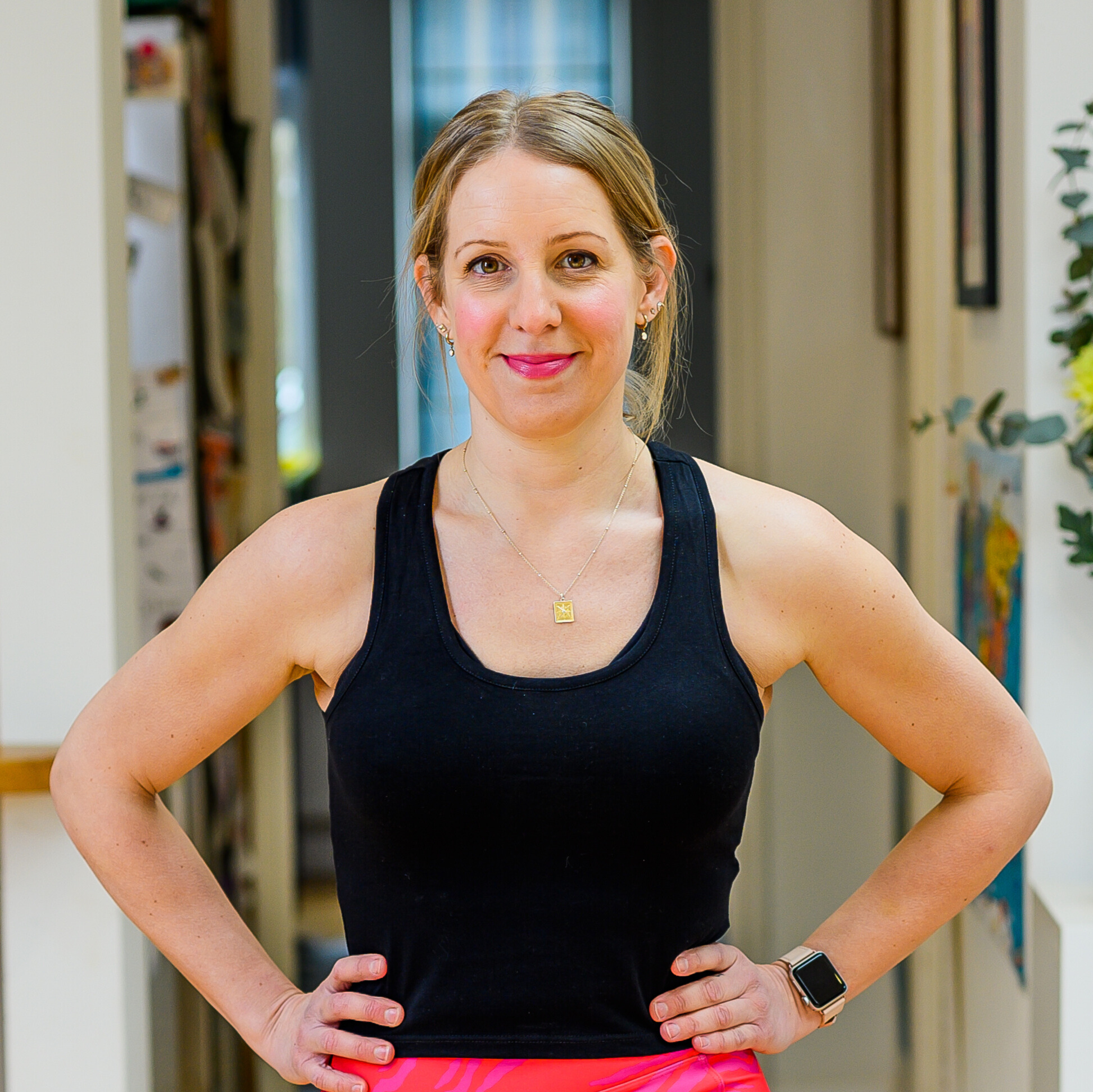"If I only had five minutes in between meetings to mobilize my upper body, here’s what I’d do": A strength coach shares four essential moves for desk workers
Reduce the damage of prolonged sitting with these four moves


If you’ve been stuck at your desk all day and everything feels sore and tight, you may only need five minutes to relieve your achy muscles.
The mechanics of sitting increase muscle stiffness and put pressure on the spine, shoulders, and back. This quick and easy routine, created by strength and mobility coach Charlotte Hazelwood, shows you how to mobilize the upper body and reduce the stiffness associated with prolonged sitting.
Hazelwood, who is the founder of Elevate Fitness, says: "If I only had five minutes in between meetings to mobilize my upper body, here’s what I’d do: swimmers, to activate the upper back; scorpions, because I love how they open up the chest; scapular rotations, to get the shoulder blades moving and grooving, and wrist walk-arounds, to build some rotation back into the joints."
Watch her video below to learn how to do the moves. You don't need much equipment for the routine, but having a cheap yoga mat to hand (like this $20 Amazon Basics option) can make you more comfortable during some of the stretches.
How to do Charlotte Hazelwood's five-minute upper-body mobility routine
A post shared by CHARLOTTE HAZELWOOD | STRENGTH & MOBILITY COACH
A photo posted by elevatewithcharlotte on
Benefits of regular movement throughout the day
Humans aren’t designed to sit for eight-plus hours a day. Doing so can increase pain and stiffness, as your muscles are forced to hold the same position for a long time. Muscles like the quads, hamstrings, and glutes in the lower body can also become weaker if they’re not regularly engaged.
The best way to combat this is with frequent movement, like desk stretches, short walks, or exercise-snacking workouts. Try doing a combination of these activities throughout your working day, to help maintain your mobility, functional strength and cardio fitness.
Regular movement could also help you avoid the risks associated with a lack of physical activity, which include an increase risk of heart disease, diabetes and cancer, according to the World Health Organization.
Start your week with achievable workout ideas, health tips and wellbeing advice in your inbox.
Looking to upgrade your home workout equipment? Our guide to the best yoga mats can help
Maddy Biddulph is a journalist specializing in fitness, health and wellbeing content, with 26 years in consumer media working as a writer and editor for some of the bestselling newspapers, magazines and websites in the US and UK, including Marie Claire, The Sunday Times and Women’s Health UK.
She is a CIMPSA-certified PT and works one-on-one with clients, as well as running Circuits Club classes which mixes cardio and strength training and chair-based exercise classes for seniors.
